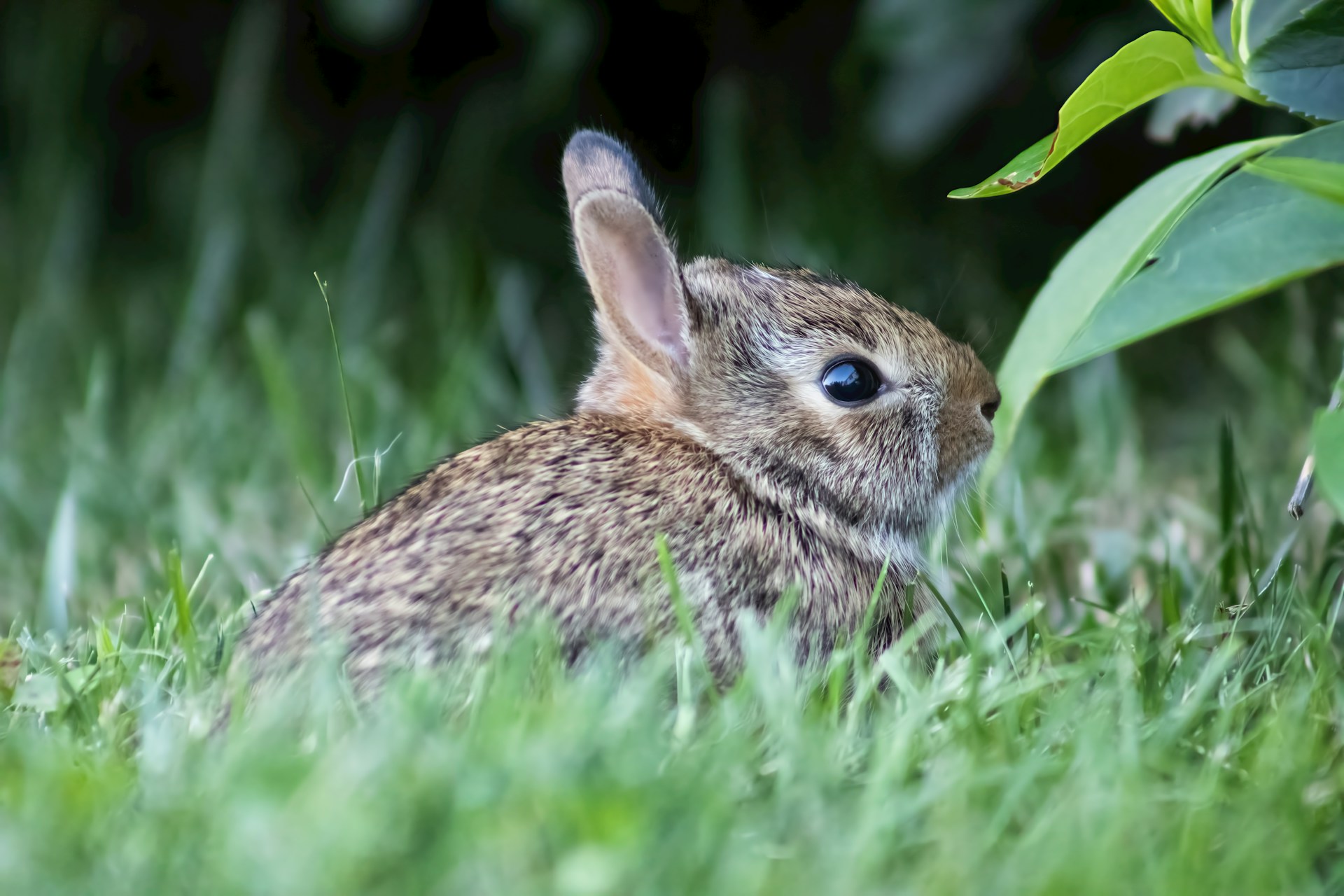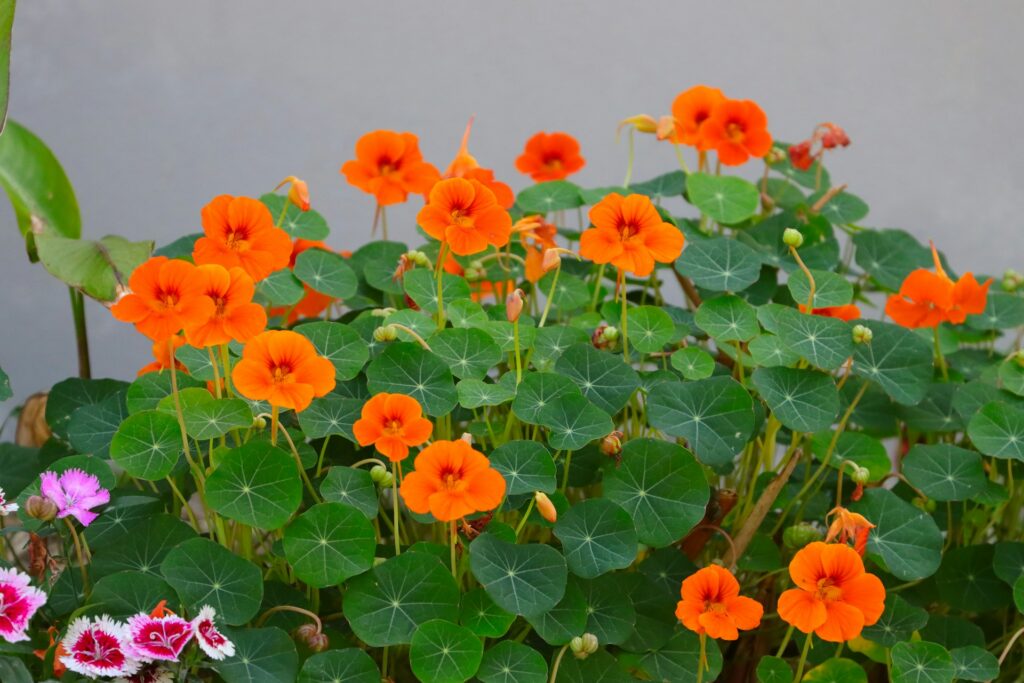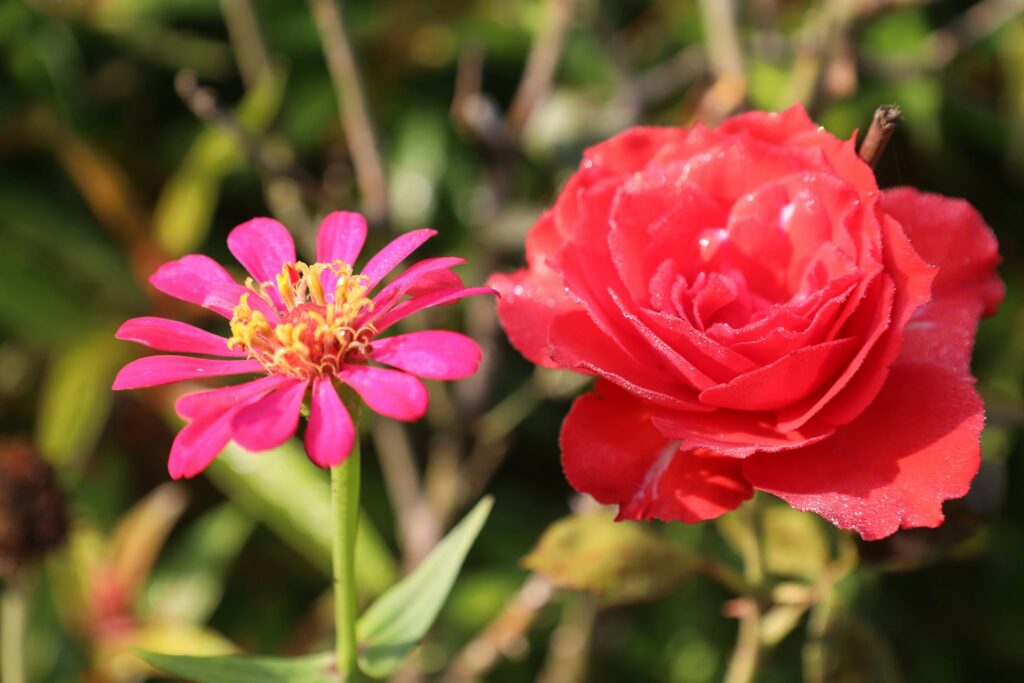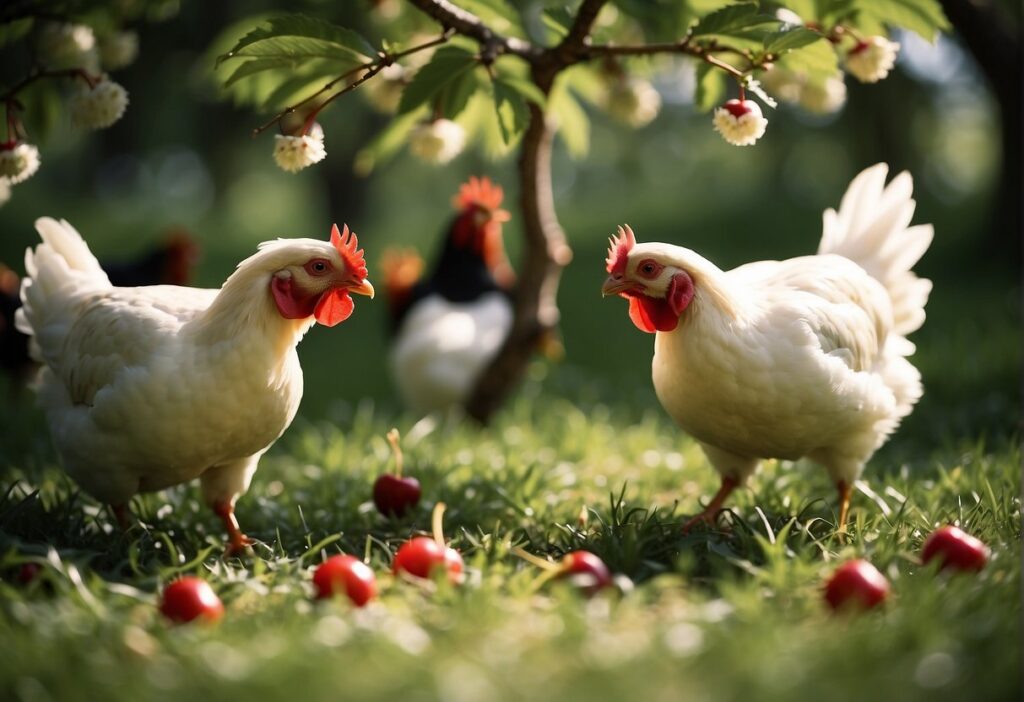
Summary: In this blog post, we explore the intriguing interaction between rabbits and tomato plants within your garden. Understanding whether rabbits actually munch on tomato plants and how to effectively deter these furry visitors can be crucial for any gardener. This article provides insights into rabbit behaviors, diet preferences, and protective measures to help you maintain a healthy and productive garden.
1. Do Rabbits Eat Tomato Plants?
Rabbits are notorious for their broad diet, especially in areas where their natural vegetation is scarce. Although the mainstay of a rabbit’s diet consists primarily of grass, clover, and leafy weeds, scarcity can drive them to feed on a variety of garden plants, including tomato plants. It’s important to note, however, that rabbits will generally avoid tomato plants if other, more preferred food sources are available. The leaves, stems, and young shoots of a tomato plant may occasionally be nibbled on, especially if rabbits are frequenting the garden due to lack of alternative food options. Understanding this can help gardeners anticipate and mitigate potential rabbit problems before significant damage is done.
Exploring Rabbit Dietary Preferences
Rabbits, as herbivores, exhibit preferences that can sometimes extend to parts of the tomato plant, particularly the leaves and tender young shoots. While tomatoes themselves are rarely eaten by rabbits due to their acidic nature and the potentially irritating effects of tomato plant toxins on rabbit’s sensitive digestive systems, the green parts can occasionally be at risk.
2. Identifying Rabbit Damage in Your Garden
Rabbit damage can be quite distinctive and, if not controlled, devastating to a garden. Recognizing the signs of rabbit presence early can save a lot of grief and damage to your plants. Here are the typical indicators of rabbit activity:
- Clean-cut Damage: Rabbits have sharp incisors which make very clean and precise cuts on plant stems and leaves.
- Pellets: Small, round, brown fecal pellets are a clear sign of rabbits. These are usually found scattered around feeding areas.
- Tracks and Trails: Footprints and well-trodden paths in the soil can often lead you to their frequent feeding spots or burrows.
- Burrows: Rabbits may create burrows or nests under bushes or other secluded spots within or near the garden.
Differentiating Rabbit Damage from Other Pests
It’s also crucial to distinguish rabbit damage from that caused by other garden pests like deer, groundhogs, or birds. Unlike the jagged damage often left by insects or the higher bites of deer, rabbit damage typically occurs closer to the ground and can strip a plant’s stem completely.
3. Effective Ways to Keep Rabbits Away from Tomato Plants
Preventing rabbits from causing damage to tomato plants can involve several strategies. Here are some of the most effective:
- Fencing: Installing a chicken wire fence around the garden, at least 2 feet high and buried 6-12 inches deep, can provide a physical barrier that is typically sufficient to deter rabbits.
- Repellents: There are many repellents available, both commercial and homemade. Commercial repellents need to be applied regularly, especially after rain. Home remedies, such as sprays made from garlic or chili peppers, can also be effective though they may need more frequent application.
- Cultural Practices: Changing the habitat around your garden can reduce its attractiveness to rabbits. Keeping grass mowed, removing unused stacks of bricks or wood where rabbits might hide, and clearing away dense plantings can help make your garden less inviting.
Integrating Plants That Deter Rabbits
Planting a border of rabbit-resistant plants around more susceptible areas can be a natural and aesthetic way to protect your garden. Plants such as marigolds, garlic, and onions can repel rabbits due to their strong scents.
4. Understanding Rabbit Behavior and Its Impact on Gardens
Knowing how rabbits behave can be key to deterring them effectively. Rabbits are typically crepuscular, most active at dawn and dusk, which are also the times they are most likely to visit gardens. They are also very cautious and prefer areas where adequate cover is available to make a quick escape.
Strategic Planting and Timing
To minimize damage, consider planting young tomato plants later in the season when rabbits have plenty of other food choices. Additionally, keeping the garden tidy and free of excessive vegetation can reduce the cover that rabbits seek.
5. The Broader Impact of Rabbits on Gardens
Rabbits can affect more than just tomato plants; they can pose a threat to a wide variety of garden plants, particularly young, tender vegetables and flowers. Their feeding habits can stunt the growth of these plants and significantly reduce your garden’s yield.
Ecological Considerations
While rabbits can be a nuisance, they are also an important part of the local ecosystem. They provide food for predators and can help in the dispersal of seeds. Balancing the protection of your garden with the ecological role of rabbits
requires thoughtful garden planning and management.
6. FAQs: Rabbits and Garden Management
- Q: Can rabbits climb over garden fences?
- A: Generally, rabbits are not good climbers. A well-constructed and maintained garden fence should be effective.
- Q: Are there any rabbit-proof plants?
- A: While no plant is completely rabbit-proof, species such as lavender, marigolds, and snapdragons are less appealing to rabbits.
7. Summary and Key Takeaways
- Rabbits occasionally eat tomato plants, but they prefer other foods.
- Effective rabbit deterrents include physical barriers, repellents, and altering garden habitat.
- Understanding rabbit behavior and ecology can help in developing more effective management strategies.
By employing these strategies, gardeners can protect their tomato plants and other garden vegetation from rabbits, ensuring a thriving, productive garden environment.




